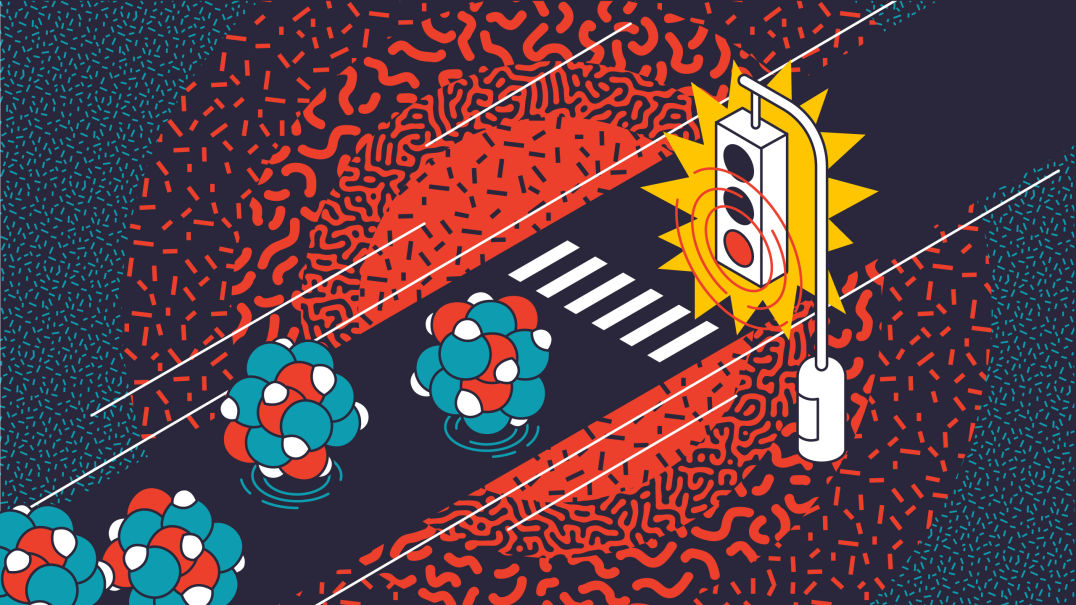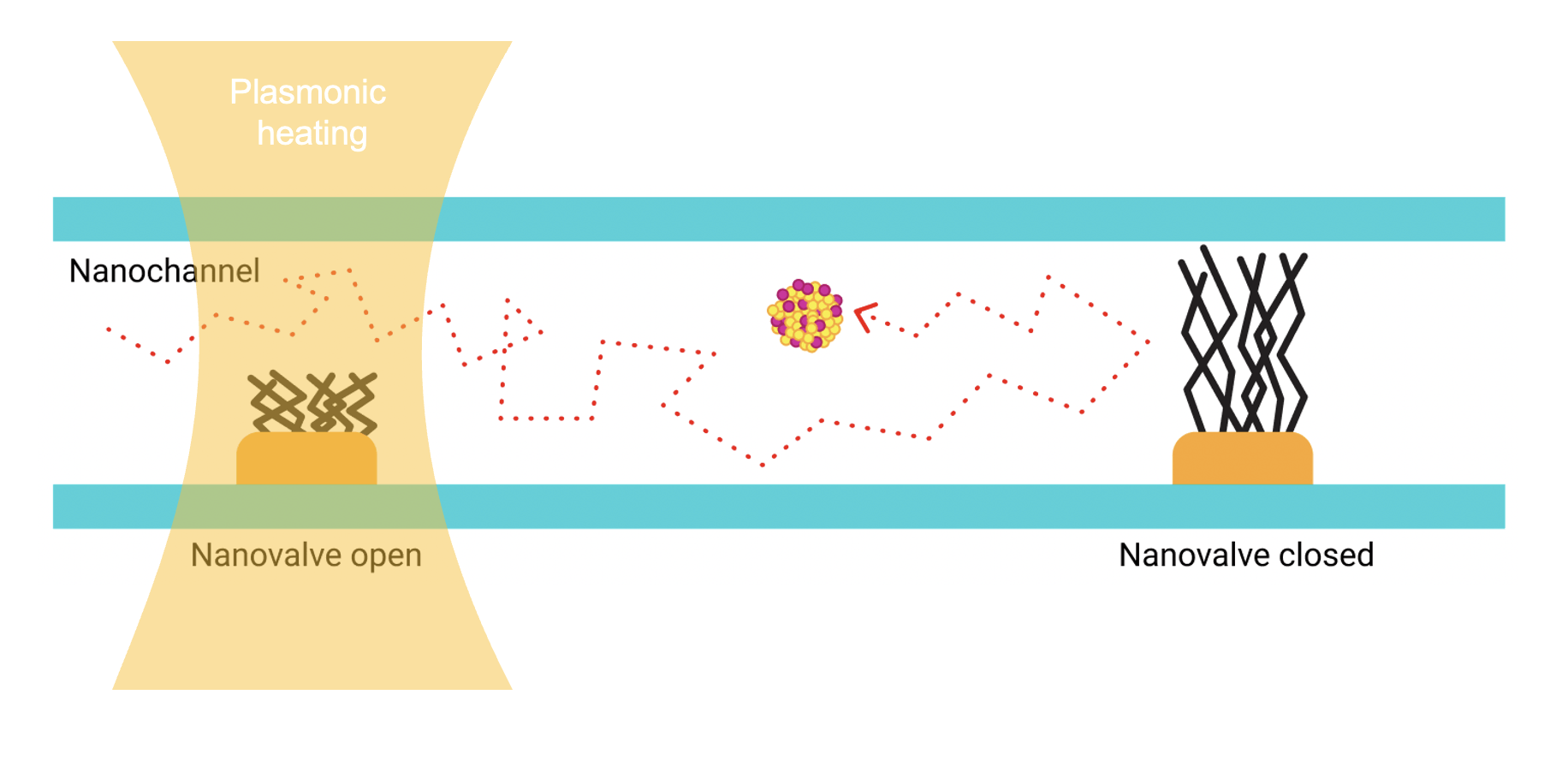Objectives
Nanofluidic Scattering Microscopy (NSM) is a recently developed optical method which unprecedented performance enables the imaging of individual biomolecules in free motion without any label [1]. It operates in physiologically relevant conditions, in real time, without the need for immobilization onto a surface. Moreover, this method can provide continuous quantitative weight, size, and conformation measurements of every single molecule imaged. Despite these attractive attributes, in its current form NSM does not allow for quantitative study of interaction kinetics between individual molecules. Due to the inherently fast Brownian motion, the time that a protein spends on average in the optically probed volume – a nanofluidic channel - is substantially shorter than the time required to record a statistically relevant number of association and dissociation events. Moreover, due to limited control of the fluid flow in nanochannels, it is not possible to perform basic fluidic operations, such as injection of analyzed biomolecules, their separation, or mixing.

